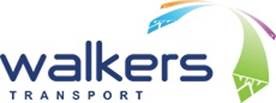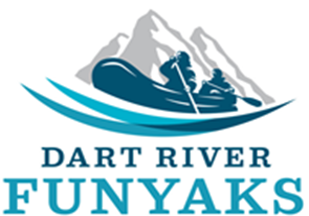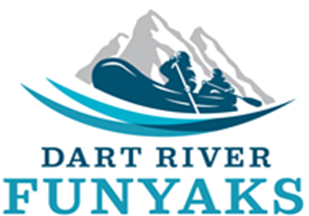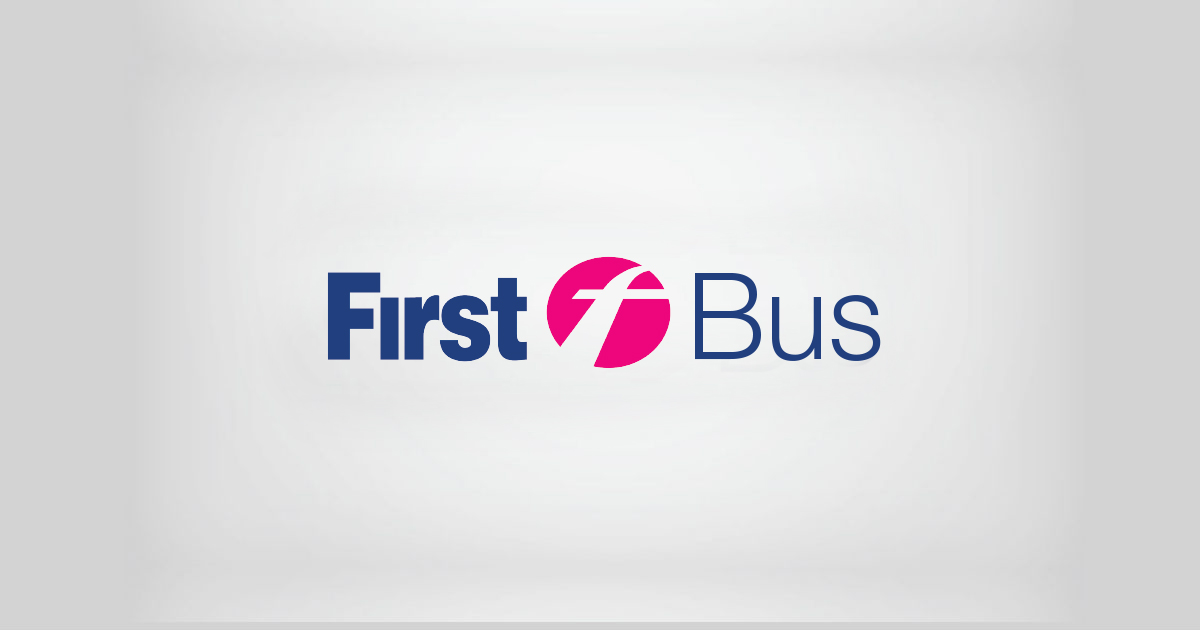Title Page
-
Self Assessment - Section 3 + 4
-
Conducted on
-
Prepared by
-
Location
-
Personnel involved
Critical Element 3 - Hazard Identification, assessment and management
1.There is a systematic procedure to identify and record actual and potential hazards in the workplace.
-
1. . A procedure that covers an understanding of the range of hazards including (for example) work organisation, job design and hazards facing employees working off-site
2. Review of hazard registers to support process in action -
Enter your findings, evidence reviewed and recommendations below
-
Select your judgment based on your findings
-
Enter any notes if you wish
2.There is a process to assess identified hazards to determine which hazards are significant* according to the definition in the health and safety in employment legislation.
-
1. Documented definition of significance N/A N/A
2. Process to demonstrate the identification of significant hazards and evidence of implementation of this process
N/A N/A
3. The hazard register (or similar) identifies which hazards are significant -
Enter your findings, evidence reviewed and recommendations below
-
Select your judgment based on your findings
-
Enter any notes if you wish
3.There are appropriate controls in place for each significant hazard based on the hierarchy in the health and safety in employment legislation to either. a) eliminate the hazard completely b) isolate the hazard to prevent the exposure to that particular hazard, or c) minimise the impact of the hazard.
-
1. Procedure for developing appropriate controls
2. Details of controls developed for significant hazards
3. Process for the issue, renewal and maintenance of safety equipment related to significant hazards including personal protective equipment
4. Evidence that controls developed for significant hazards are based on appropriate documentation or advice (where applicable) -
Enter your findings, evidence reviewed and recommendations below
-
Select your judgment based on your findings
-
Enter any notes if you wish
4. There are appropriately trained and / or experienced people leading the identification and management of hazards.
-
1,. Records of training, and / or skills and experience for people leading hazard management
2. Evidence of on-going training or increased experience for people leading hazard management that has occurred within the previous 2 years -
Enter your findings, evidence reviewed and recommendations below
-
Select your judgment based on your findings
-
Enter any notes if you wish
5.There is a procedure for obtaining specialist advice for managing specific hazards, where this competency is not available through internal staff.
-
1. Procedure to support the appropriate use of specialist advice (e.g. the management of hazardous substances, monitoring of noise levels or assessment of workstations)
2. Accessibility of reference information for all staff (e.g. hard copy or electronic) that includes relevant legislation, regulations, codes of practice, safe operating procedures, MSDS etc.
3. List or information about availability of internal or external health and safety specialist advice (where applicable -
Enter your findings, evidence reviewed and recommendations below
-
Select your judgment based on your findings
-
Enter any notes if you wish
6. There is a schedule documenting the minimum review timetable to monitor significant hazards that have been isolated or minimised.
-
1. Hazard review timetable appropriate for particular identified hazards
2. Responsibilities assigned for ensuring timetable is met and signed off at each period -
Enter your findings, evidence reviewed and recommendations below
-
Select your judgment based on your findings
-
Enter any notes if you wish
7. There is active management of hazards associated with any new or modified equipment, material, services or work processes introduced into the workplace.
-
1. Hazard identification and management documents
2. A process for consultation with relevant health and safety personnel in the purchase or implementation of new or modified equipment, material, services or processes
3. Evidence of health and safety issues incorporated into purchasing and design decisions (where applicable) -
Enter your findings, evidence reviewed and recommendations below
-
Select your judgment based on your findings
-
Enter any notes if you wish
8. There is an on-going opportunity for the active involvement of union and other nominated employee representatives* in identifying and managing hazards in the workplace.
-
1. Evidence of employee consultation or active involvement in hazard management, or the provision of on-going opportunities for involvement (process document accepted for new applications)
-
Enter your findings, evidence reviewed and recommendations below
-
Select your judgment based on your findings
-
Enter any notes if you wish
9. There is a process to identify and manage any areas of the workplace requiring specific health monitoring in relation to tasks being undertaken (where applicable).
-
1. Process to identify tasks requiring monitoring and on-going regular testing
2. Process to undertake baseline monitoring of health related to identified tasks and to notify results to employees (e.g. hearing tests, lung function tests)
3. Process for post-critical event testing & exit testing
4. Process to manage sub-optimal test results that includes consideration of individual medical and vocational needs
5. Process to feedback sub-optimal results into hazard management -
Enter your findings, evidence reviewed and recommendations below
-
Select your judgment based on your findings
-
Enter any notes if you wish
10.There is a process to identify tasks where significant hazards may make pre-employment health screening appropriate to ensure that the potential for work injury or work-related illness through exposure to those particular tasks is minimised.
-
1. Process documents
2.. Documented rationale and process for pre-employment health screening that is linked to specific significant hazards (where applicable) -
Enter your findings, evidence reviewed and recommendations below
-
Select your judgment based on your findings
-
Enter any notes if you wish
11. Work areas, over which the employer has control or influence, are planned, so that the exposure of visitors and the general public to workplace hazards is minimised.
-
1. Clear marking of designated areas as appropriate
2. Signage, security log books or visitors registers available as appropriate to specific areas of the workplace or, escorting restrictions and induction for site visitors
3. Evidence that emergency procedures are covered with site visitors
4. Provision of appropriate personal protective equipment for visitors to the site (e.g. goggles, “hi-viz.” vests) -
Enter your findings, evidence reviewed and recommendations below
-
Select your judgment based on your findings
-
Enter any notes if you wish
Critical Element 4 - information, training and supervision
1.There is a systematic procedure to identify and record actual and potential hazards in the workplace.
-
1. A procedure that covers an understanding of the range of hazards including (for example) work organisation, job design and hazards facing employees working off-site
2. Review of hazard registers to support process in action -
Enter your findings, evidence reviewed and recommendations below
-
Select your judgment based on your findings
-
Enter any notes if you wish
2.There is a process to assess identified hazards to determine which hazards are significant* according to the definition in the health and safety in employment legislation.
-
1. Documented definition of significance
2. Process to demonstrate the identification of significant hazards and evidence of implementation of this process
3. The hazard register (or similar) identifies which hazards are significant -
Enter your findings, evidence reviewed and recommendations below
-
Select your judgment based on your findings
-
Enter any notes if you wish
3.There are appropriate controls in place for each significant hazard based on the hierarchy in the health and safety in employment legislation to either - a) eliminate the hazard completely b) isolate the hazard to prevent the exposure to that particular hazard, or c) minimise the impact of the hazard.
-
1. Procedure for developing appropriate controls
2. Details of controls developed for significant hazards
3. Process for the issue, renewal and maintenance of safety equipment related to significant hazards including personal protective equipment -
Enter your findings, evidence reviewed and recommendations below
-
Select your judgment based on your findings
-
Enter any notes if you wish
4. There are appropriately trained and / or experienced people leading the identification and management of hazards.
-
1. Records of training, and / or skills and experience for people leading hazard management
2. Evidence of on-going training or increased experience for people leading hazard management that has occurred within the previous 2 years -
Enter your findings, evidence reviewed and recommendations below
-
Select your judgment based on your findings
-
Enter any notes if you wish
5.There is a procedure for obtaining specialist advice for managing specific hazards, where this competency is not available through internal staff.
-
1. Procedure to support the appropriate use of specialist advice (e.g. the management of hazardous substances, monitoring of noise levels or assessment of workstations)
2. Accessibility of reference information for all staff (e.g. hard copy or electronic) that includes relevant legislation, regulations, codes of practice, safe operating procedures, MSDS etc.
3. List or information about availability of internal or external health and safety specialist advice (where applicable) -
Enter your findings, evidence reviewed and recommendations below
-
Select your judgment based on your findings
-
Enter any notes if you wish
6. There is a schedule documenting the minimum review timetable to monitor significant hazards that have been isolated or minimised.
-
1. Hazard review timetable appropriate for particular identified hazards
2. Responsibilities assigned for ensuring timetable is met and signed off at each period -
Enter your findings, evidence reviewed and recommendations below
-
Select your judgment based on your findings
-
Enter any notes if you wish
7. There is active management of hazards associated with any new or modified equipment, material, services or work processes introduced into the workplace.
-
1. Hazard identification and management documents
2. A process for consultation with relevant health and safety personnel in the purchase or implementation of new or modified equipment, material, services or processes
3. Evidence of health and safety issues incorporated into purchasing and design decisions (where applicable) -
Enter your findings, evidence reviewed and recommendations below
-
Select your judgment based on your findings
-
Enter any notes if you wish
8. There is an on-going opportunity for the active involvement of union and other nominated employee representatives* in identifying and managing hazards in the workplace.
-
1. Evidence of employee consultation or active involvement in hazard management, or the provision of on-going opportunities for involvement (process document accepted for new applications)
-
Enter your findings, evidence reviewed and recommendations below
-
Select your judgment based on your findings
-
Enter any notes if you wish
9. There is a process to identify and manage any areas of the workplace requiring specific health monitoring in relation to tasks being undertaken (where applicable).
-
1. Process to identify tasks requiring monitoring and on-going regular testing
2. Process to undertake baseline monitoring of health related to identified tasks and to notify results to employees (e.g. hearing tests, lung function tests)
3.. Process for post-critical event testing & exit testing
4. Process to manage sub-optimal test results that includes consideration of individual medical and vocational needs
5. Process to feedback sub-optimal results into hazard management -
Enter your findings, evidence reviewed and recommendations below
-
Select your judgment based on your findings
-
Enter any notes if you wish
10.There is a process to identify tasks where significant hazards may make pre-employment health screening appropriate to ensure that the potential for work injury or work-related illness through exposure to those particular tasks is minimised.
-
1. Process documents
2. Documented rationale and process for pre-employment health screening that is linked to specific significant hazards (where applicable) -
Enter your findings, evidence reviewed and recommendations below
-
Select your judgment based on your findings
-
Enter any notes if you wish
11. Work areas, over which the employer has control or influence, are planned, so that the exposure of visitors and the general public to workplace hazards is minimised.
-
1. Clear marking of designated areas as appropriate
2. Signage, security log books or visitors registers available as appropriate to specific areas of the workplace or, escorting restrictions and induction for site visitors
3. Evidence that emergency procedures are covered with site visitors
4. Provision of appropriate personal protective equipment for visitors to the site (e.g. goggles, “hi-viz.” vests -
Enter your findings, evidence reviewed and recommendations below
-
Select your judgment based on your findings
-
Enter any notes if you wish












